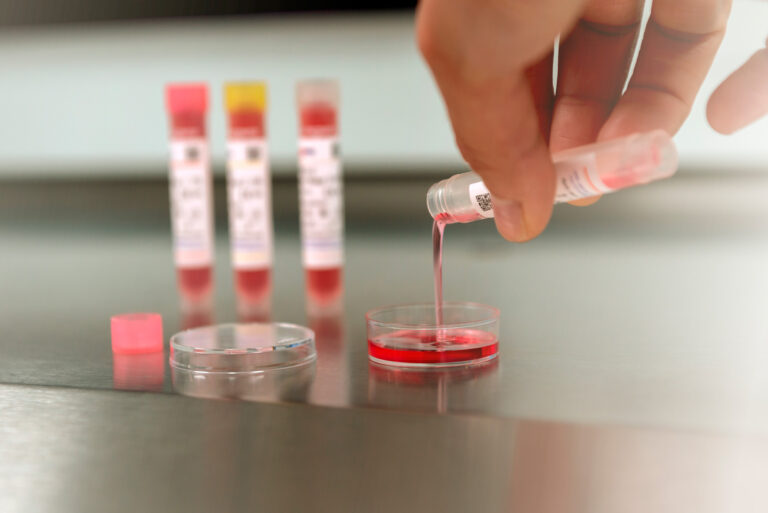Fertility Preservation
Approach motherhood on your own terms. Age is no longer a barrier to starting a family.
It is becoming increasingly common to delay motherhood, whether for social, professional, economic or health reasons. We know that from the age of 35, the quality and quantity of a woman’s eggs decreases very sharply.
Preservation of reproductive potential, also called oocyte cryopreservation, is a highly effective alternative to delaying childbearing. What we do is vitrify/freeze the oocytes while they are still young, so we can use them later. Even if several years pass, with this technique we can avoid the effects of the passage of time; when we defrost the oocytes, we will preserve the “age” they had when they were vitrified, and therefore their quality, which will give us a greater chance of pregnancy.


What is the vitrification?
Oocyte vitrification is a technique in which the eggs are treated with cryoprotective substances and immersed in liquid nitrogen at a temperature of -196 ºC.
Thanks to this ultra-fast freezing, we are able to keep their properties intact until we decide to defrost them for use in an assisted reproduction treatment. Frozen oocytes “do not expire”, meaning they can remain in this form indefinitely without losing quality, always in good conditions.
The survival rate of vitrified oocytes after thawing is estimated at 90% and the pregnancy rate after transferring embryos generated from frozen oocytes is 50%. Results may vary depending on the technique itself and the specific characteristics of each person.
In any case, at Next Fertility we conduct a fertility study for patients who wish to freeze oocytes before the intervention, in order to study the possibilities for each person and their specific situation.

In which cases is it indicated?
Egg freezing is advisable in the following circumstances:
- For women who want to postpone pregnancy for health, personal or professional reasons, among others.
- When there is a low ovarian reserve: patients who want to postpone their fertility and suffer from a pathology, such as endometriosis, which affects the quality and quantity of oocytes.
- In patients who are undergoing IVF treatment, but in whom it is preferable to conduct the embryo transfer in a different cycle to the follicular stimulation, thus avoiding risks such as ovarian hyperstimulation. Furthermore, in certain cases, this behavior can increase the possibility of pregnancy.
- Before receiving radiotherapy or chemotherapy treatment for oncological causes, as these types of therapies can cause premature ovarian failure.
Ovarian stimulation
Treatment begins with ovarian stimulation of the woman. To do this, drugs are used to stimulate the development of the follicles (where future eggs mature). Normally, a woman only matures one egg in each menstrual cycle, whereas this way it is possible to obtain several mature eggs in a single cycle. The medication is administered subcutaneously, using “self-injection” devices.
Control of follicular development
During the treatment of ovarian stimulation, we will perform regular controls, by vaginal ultrasound and if necessary, hormonal analysis; all this to check follicular maturation and schedule the ideal time for puncture. This phase lasts between 10 and 12 days.
Puncture
The removal of the eggs is a very simple procedure that is performed in the operating room, by means of the vaginal puncture guided by ultrasound and the aspiration of the follicles. The process does not last more than 15 minutes and is performed under sedation for your comfort and well-being.
It does not require hospital admission, only a rest of several hours is prescribed in the room of our clinic. After this time, you can carry on with your usual activities.
Vitrification
The eggs obtained are cryopreserved using the vitrification technique (a safer process than traditional freezing techniques, which prevents the oocytes from deteriorating and guarantees an excellent survival rate after devitrification). The storage is done in liquid nitrogen at -196 Celsius degrees, until the moment to devitrify and use them in a technique of IVF/ICSI, to achieve to fulfill the desire to be a mother.
Any more questions? We will be happy to help you.
Get in touch with us and we will solve all your doubts about our treatments, techniques and promotions.



